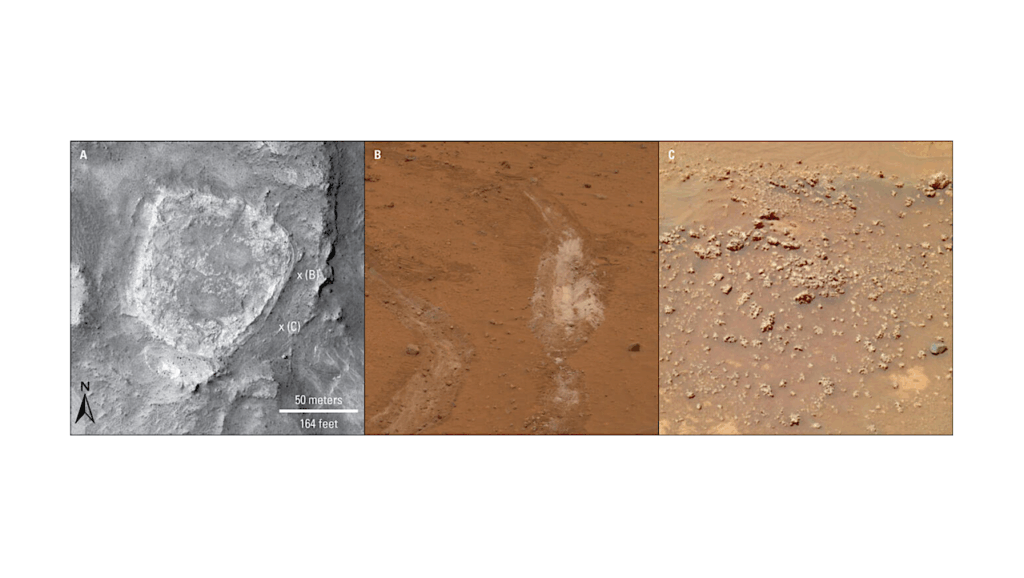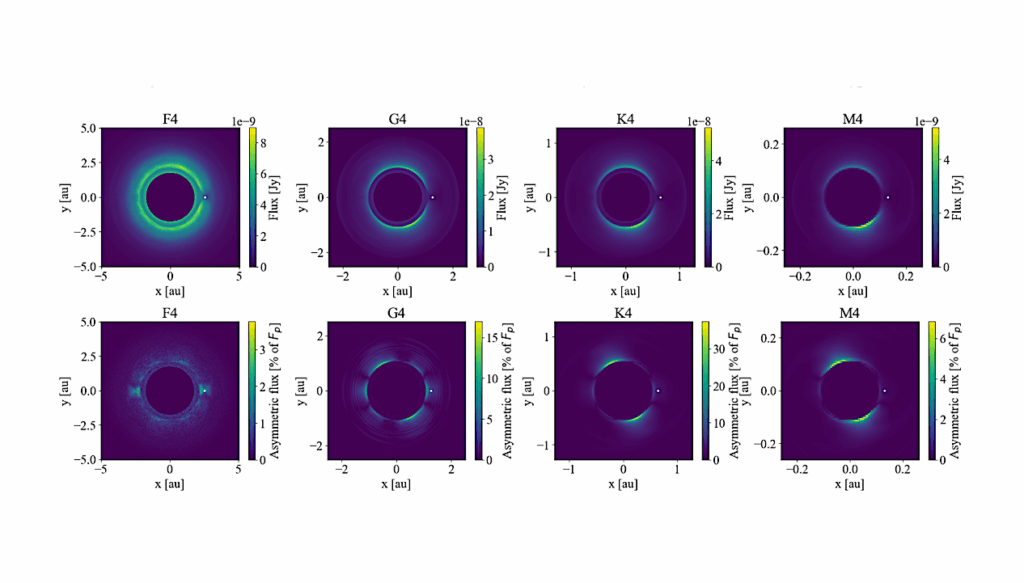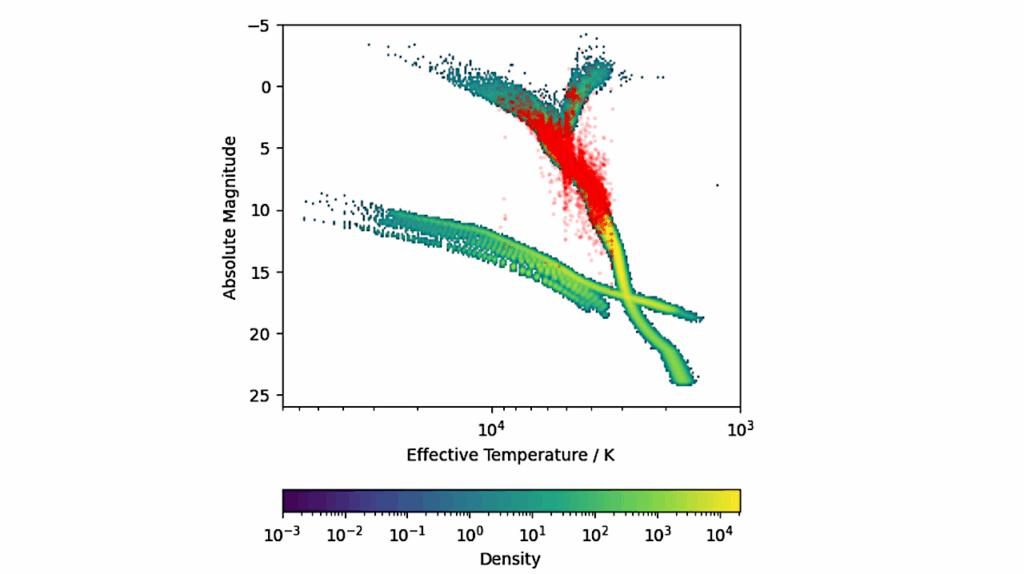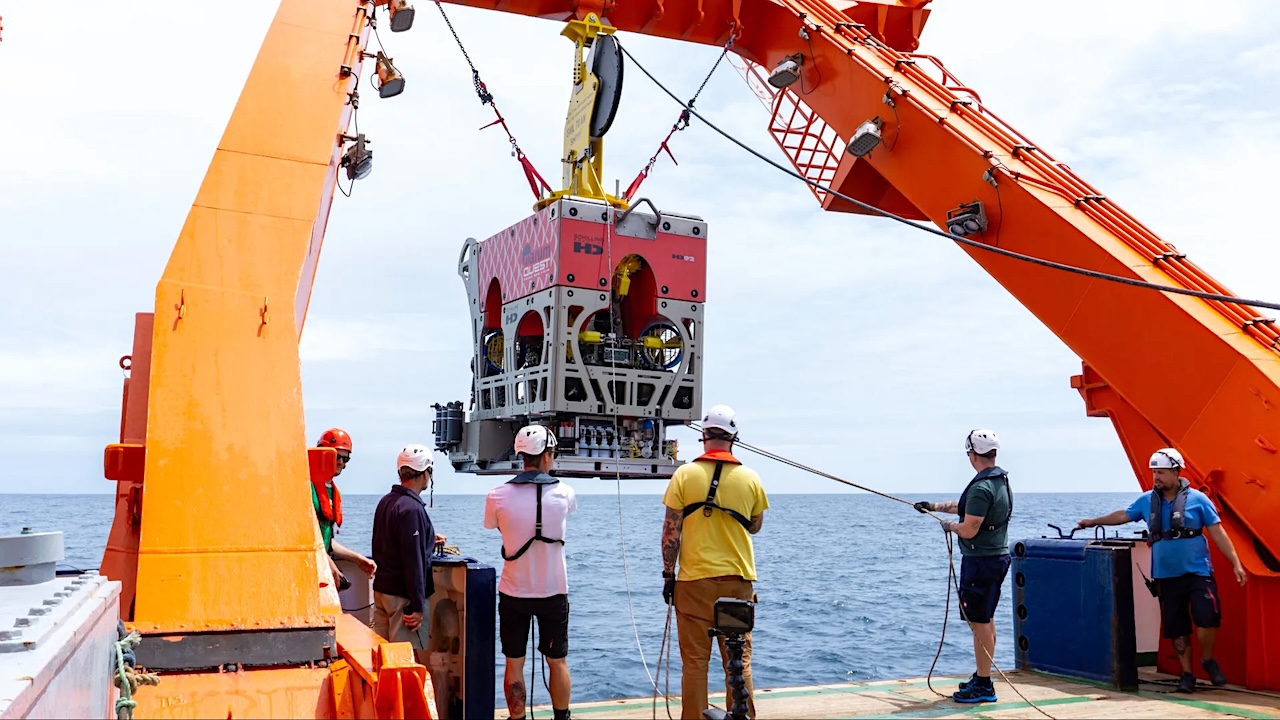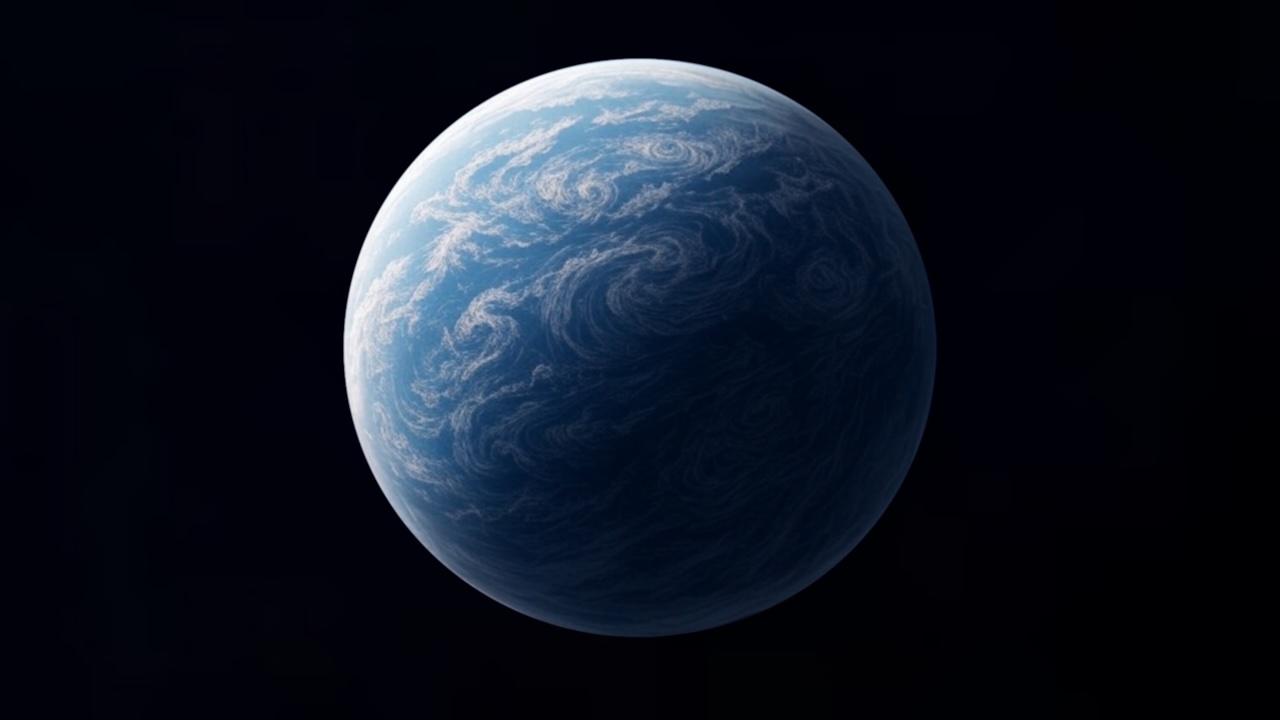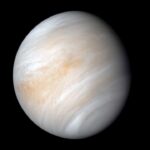Now Reading: Seismic Velocity Anomalies Suggest Liquid Water At Depth On Mars
-
01
Seismic Velocity Anomalies Suggest Liquid Water At Depth On Mars
Seismic Velocity Anomalies Suggest Liquid Water At Depth On Mars


Locations and spectral analysis of marsquakes and impacts. (a) Location of the 418 InSight station (yellow triangle) and events (black stars) used in this study. The S1000a and S1094b are two impact events, and the S0173a and S1222a are marsquakes that occurred at the crustal base or uppermost mantle. The black lines show the great circle of each event. (b)–(e) Spectral analysis of the four events for S0173a, S1000a, S1094b and S1222a. The yellow-shaded areas highlight P-wave signals (red lines) with strengths greater than the noise level (black lines). In contrast to the S0173a marsquake, which exhibits low frequencies ( 1 Hz), the two impact events (S1000a, S1094b) and the largest tectonic marsquake (S1222a) contain rich higher frequency (≥4 Hz) content. More detailed analyses are given in supplementary data S1. — National Science Review
This study is jointly completed by Dr. Weijia Sun (Institute of Geology and Geophysics, Chinese Academy of Sciences), Dr. Hrvoje Tkalčić (The Australian National University), Dr. Marco G. Malusà (University of Milano-Bicocca), and Dr. Yongxin Pan (Institute of Geology and Geophysics, Chinese Academy of Sciences).
Liquid water plays a crucial role in regulating the habitability of Mars. Liquid water was abundant on Mars during the Noachian and Hesperian periods (from the planet’s formation to about 3 billion years ago). However, during the Amazonian, it vanished from the surface as the planet transitioned into the cold, dry environment we see today. One of the greatest mysteries regarding water on Mars is whether liquid water exists at the present day within its crust and, if so, at what depth it is located. “The water involves profound questions about life and humanity’s future on the Red Planet,” Tkalčić says.
The multidisciplinary team consisted of geophysicists and geologists. Sun, Tkalčić, Malusà, and Pan contemplated the possibility that the fine structure of the Martian crust is a potentially critical breakthrough for unravelling this scientific mystery. The team analyzed the seismic waveforms of the two largest meteorite impacts (S1000a and S1094b) and the largest marsquake (S1222a) recorded by NASA’s InSight seismometer. Their results from seismic inversion reveal a significant low shear-wave velocity anomaly at a depth of 5.4–8 km, raising the possibility of liquid water at the base of the upper crust.

Thermal profiles and water storage model. (a) Temperature profiles for Earth and Mars adapted from ref [28]. The water freezing point varied with pressure is shown by the black line (dashed line = pure water; continuous line = seawater). Specifically, the dark red line represents the modern temperature profile of Mars. The shaded layer denotes the low-Vs upper crustal base containing liquid water. (b) Schematic model for water storage in the Mars’ upper crust. — National Science Review
The team estimated a maximum water content of 520–780 meters of Global Equivalent Layer (the thickness of a water layer uniformly distributed across the entire surface of Mars), assuming the pores are entirely filled with liquid water. The research team wants to emphasize that this estimate is based solely on the geophysical inference of the local profile (variation of seismic speeds with depth) beneath the InSight lander without accounting for lateral structural variations we should expect realistically. Moreover, the hidden water’s volume estimate does not account for potentially primordial liquid water within the Martian crust. This finding can be validated by future missions equipped with seismometers on Mars.
The study provides seismic evidence for the presence of substantial liquid water in the upper Martian crust (5.4–8 km). These findings offer critical insights into the Martian water cycle and the evolution of its habitable environments and lay a crucial foundation for future research on the exploration of Martian life.
Seismic evidence of liquid water at the base of Mars’ upper crust, National Science Review (open access)
Astrobiology
Stay Informed With the Latest & Most Important News
Previous Post
Next Post
-
 012024 in Review: Highlights from NASA in Silicon Valley
012024 in Review: Highlights from NASA in Silicon Valley -
 02Panasonic Leica Summilux DG 15mm f/1.7 ASPH review
02Panasonic Leica Summilux DG 15mm f/1.7 ASPH review -
 03How New NASA, India Earth Satellite NISAR Will See Earth
03How New NASA, India Earth Satellite NISAR Will See Earth -
 04And Thus Begins A New Year For Life On Earth
04And Thus Begins A New Year For Life On Earth -
 05Astronomy Activation Ambassadors: A New Era
05Astronomy Activation Ambassadors: A New Era -
06SpaceX launch surge helps set new global launch record in 2024
-
 07Space Force plans new ‘Futures Command’ amid pressure to speed up modernization
07Space Force plans new ‘Futures Command’ amid pressure to speed up modernization












